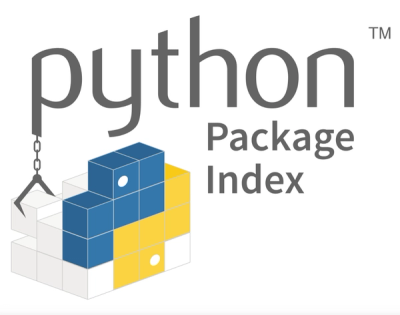RBush-3D
RBush-3D is 3D version of RBush.


TODO
Install
Install with NPM (npm install rbush-3d), and Chinese user could use CNPM(cnpm install rbush-3d).
Or use CDN links for browsers:
rbush3d.js,
rbush3d.min.js
Usage
Creating a Tree
improt { RBush3D } from 'rbush-3d';
const tree = new RBush3D();
An optional argument to RBush3D defines the maximum number of entries in a tree node.
16 (used by default) is a reasonable choice for most applications.
Higher value means faster insertion and slower search, and vice versa.
const tree = new RBush3D(16);
Adding Data
Insert an item:
const item = {
minX: 20,
minY: 40,
minZ: 60,
maxX: 30,
maxY: 50,
maxZ: 70,
foo: 'bar'
};
tree.insert(item);
Removing Data
Remove a previously inserted item:
tree.remove(item);
By default, RBush-3D removes objects by reference.
However, you can pass a custom equals function to compare by value for removal,
which is useful when you only have a copy of the object you need removed (e.g. loaded from server):
tree.remove(itemCopy, function (a, b) {
return a.id === b.id;
});
Remove all items:
tree.clear();
Data Format
By default, RBush-3D assumes the format of data points to be an object
with minX, minY, minZ, maxX, maxY and maxZ properties.
You can customize this by providing an array with corresponding accessor strings
as a second argument to rbush3d like this:
const tree = rbush3d(16, ['[0]', '[1]', '[2]', '[0]', '[1]', '[2]']);
tree.insert([20, 50, 80]);
Bulk-Inserting Data
Bulk-insert the given data into the tree:
tree.load([item1, item2, ...]);
Bulk insertion is usually ~2-3 times faster than inserting items one by one.
After bulk loading (bulk insertion into an empty tree),
subsequent query performance is also ~20-30% better.
Note that when you do bulk insertion into an existing tree,
it bulk-loads the given data into a separate tree
and inserts the smaller tree into the larger tree.
This means that bulk insertion works very well for clustered data
(where items in one update are close to each other),
but makes query performance worse if the data is scattered.
Search
const result = tree.search({
minX: 40,
minY: 20,
minZ: 50,
maxX: 80,
maxY: 70,
maxZ: 90
});
Returns an array of data items (points or rectangles) that the given bounding box intersects.
Note that the search method accepts a bounding box in {minX, minY, minZ, maxX, maxY, maxZ} format
regardless of the format specified in the constructor (which only affects inserted objects).
const allItems = tree.all();
Returns all items of the tree.
Collisions
const result = tree.collides({minX: 40, minY: 20, minZ: 50, maxX: 80, maxY: 70, maxZ: 90});
Returns true if there are any items intersecting the given bounding box, otherwise false.
Export and Import
const treeData = tree.toJSON();
const tree = rbush3d(16).fromJSON(treeData);
Importing and exporting as JSON allows you to use RBush-3D on both the server (using Node.js) and the browser combined,
e.g. first indexing the data on the server and and then importing the resulting tree data on the client for searching.
Note that the nodeSize option passed to the constructor must be the same in both trees for export/import to work properly.
Performance
The following sample performance test was done by generating
random uniformly distributed rectangles of ~0.01% area and setting maxEntries to 16
(see debug/perf.ts script).
Performed with Node.js v8.9.1 on a MacBook Pro (15-inch, 2017).
| Test | RBush-3D | RBush (2D version) |
|---|
| insert 1M items one by one | 4.30s | 2.94s |
| 1000 searches of 0.01% area | 0.02s | 0.03s |
| 1000 searches of 1% area | 0.09s | 0.31s |
| 1000 searches of 10% area | 0.73s | 1.80s |
| remove 1000 items one by one | 0.02s | 0.02s |
| bulk-insert 1M items | 1.40s | 1.17s |
Algorithms Used
- single insertion: non-recursive R-tree insertion with overlap minimizing split routine from R*-tree (split is very effective in JS, while other R*-tree modifications like reinsertion on overflow and overlap minimizing subtree search are too slow and not worth it)
- single deletion: non-recursive R-tree deletion using depth-first tree traversal with free-at-empty strategy (entries in underflowed nodes are not reinserted, instead underflowed nodes are kept in the tree and deleted only when empty, which is a good compromise of query vs removal performance)
- bulk loading: OMT algorithm (Overlap Minimizing Top-down Bulk Loading) combined with Floyd–Rivest selection algorithm
- bulk insertion: STLT algorithm (Small-Tree-Large-Tree)
- search: standard non-recursive R-tree search
Papers
Development
npm install
npm test
npm run perf
npm run cover
npm run viz



